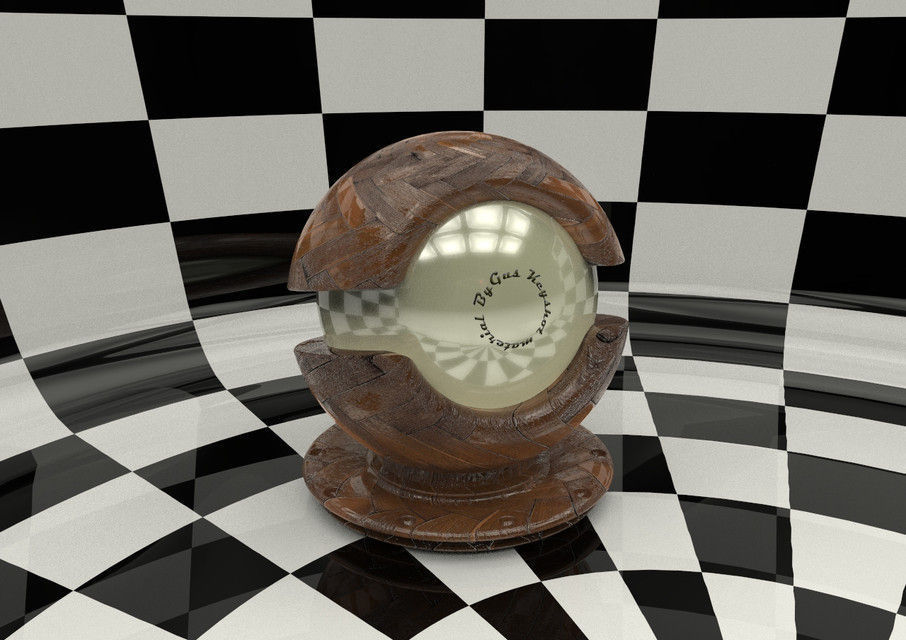

In the scene below, we've already added some materials, but there are multiple copies of the red and black plastic.ġ. For example, when applying a Polished Chrome material to multiple parts you may end up with multiple copies of the same material in your in-project material library: When working with a complex model (or even a simple model) it's easy to have multiple copies of the same materials in your scene.
#KEYSHOT MATERIALS HOW TO#
Automatic Material Templates take the work and repetition out of applying materials to large assemblies or variations of a product, helping you create your renderings faster.Solution home How-To Guides How to Guides Link/Unlink Materials on Your Model They also come in handy when multiple versions, sizes or configurations of the same product needs to be rendered with consistent material application. Material templates are best utilized when you have a library of frequently-used materials that are applied to recurring parts of assembly files.

If you wish to apply a material to parts containing a specific keyword, insert an asterisk (*) before and after the keyword in the source name during the material template creation process. Part and material names need to match exactly to those found in the Scene Tree upon import or KeyShot's material library in order to work as expected. Next, add an item ( RMB in Material Templates, Template sub-tab) for each part or material to be added to the material template. The process is the same as above, though instead of choosing Automatic, choose Manual. Those seeking further control over material templates as an automation feature within KeyShot can create Material Templates manually as well.

For each part name, a new item is added to the material template and the KeyShot material applied to it is listed as the New Material. Click the + icon in the Material Templates panel and choose Add Template > Automatic > Part.Apply KeyShot materials to the model from which the material template will be created (Model One).KeyShot will use the name applied to each part within the modeling application it was created in. Material templates 'from part' will not work well if every part has the same name. Material templates can be created from parts rather than materials in a nearly identical process. Your model will be automatically painted up with the materials specified in your material template. Now that a material template has been created, the next time a model is imported, you will have the option to select a material template to be applied as your model is imported into KeyShot.The template applies the new materials to the corresponding materials on Model Two. Its materials will now match those of Model One.You may choose to apply it to a specific model or the whole scene. With the newly created material template active, click the Apply button.Import a new variation of the model, perhaps with different dimensions but the same materials that were applied in your modeling program.Complete the Template Details as desired.For each Original Material, a new item is added to the material template and the KeyShot material applied to it is listed as the New Material. Click the + icon in the Material Templates panel and choose Add Template > Automatic > Material.Apply KeyShot materials to the model from which the material template will be created.

Next, you have the option of creating material templates automatically or manually.


 0 kommentar(er)
0 kommentar(er)
